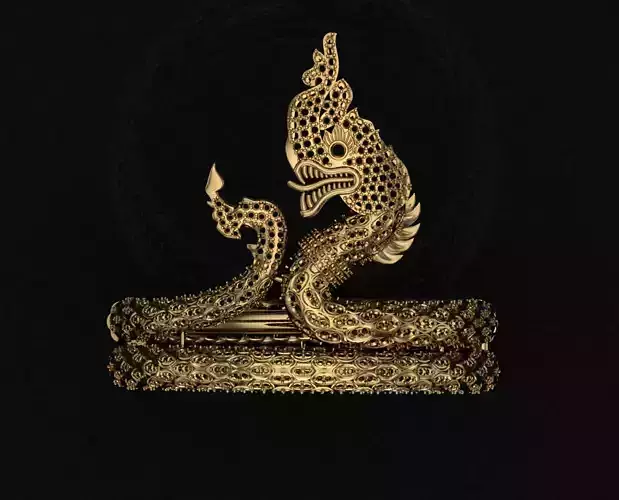1/5
For the modern ethnic group, see Naga people. For other uses, see Naga (disambiguation).Nāga
A nāga couple, featured as a Hoysala reliefDevanagari नागVenerated in Hinduism, Buddhism,Abode PatalaTexts Mahabharata, PuranasIn various Asian religious traditions, the Nāgas (Sanskrit: नाग, romanized: Nāga)[1] are a divine, or semi-divine, race of half-human, half-serpent beings that reside in the netherworld (Patala), and can occasionally take human or part-human form, or are so depicted in art. Furthermore, nāgas are also known as dragons and water spirits. A female nāga is called a Nagin, or a Nagini. Their descendants are known as Nagavanshi. According to legend, they are the children of the sage Kashyapa and Kadru. Rituals devoted to these supernatural beings have been taking place throughout South Asia for at least 2,000 years.[2] They are principally depicted in three forms: as entirely human with snakes on the heads and necks, as common serpents, or as half-human, half-snake beings in Hinduism and Buddhism.
Nagaraja is the title given to the king of the nāgas.[3] Narratives of these beings hold cultural significance in the mythological traditions of many South Asian and Southeast Asian cultures, and within Hinduism and Buddhism. Communities such as the Nagavanshi, Khmer and Eelamese claim descent from this race.
Etymology
REVIEWS & COMMENTS
accuracy, and usability.






